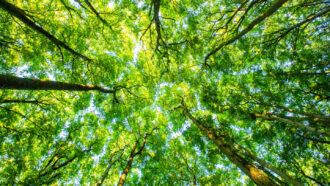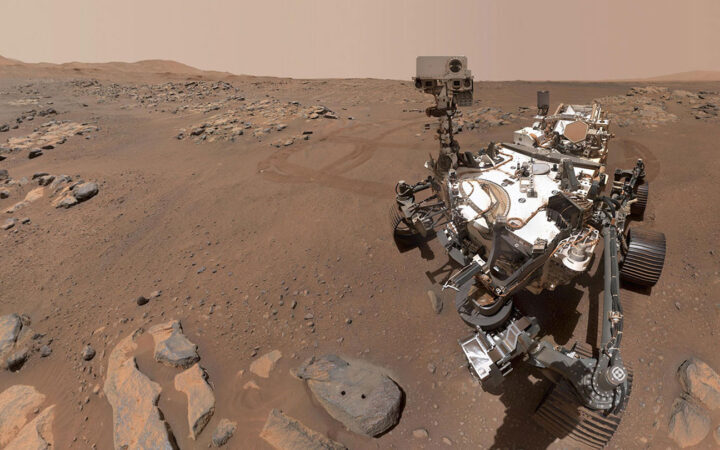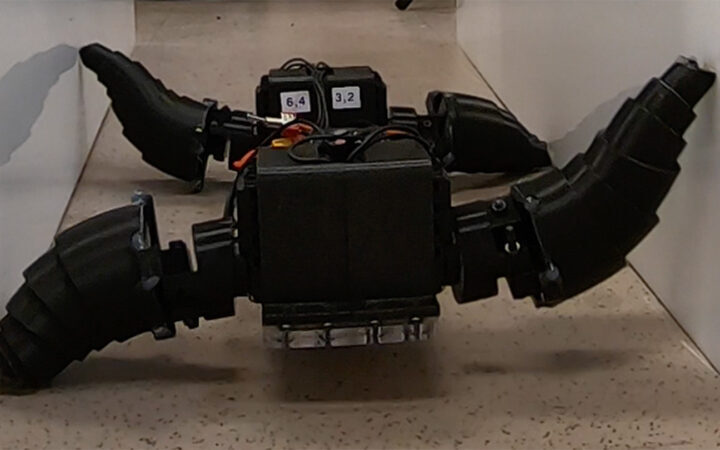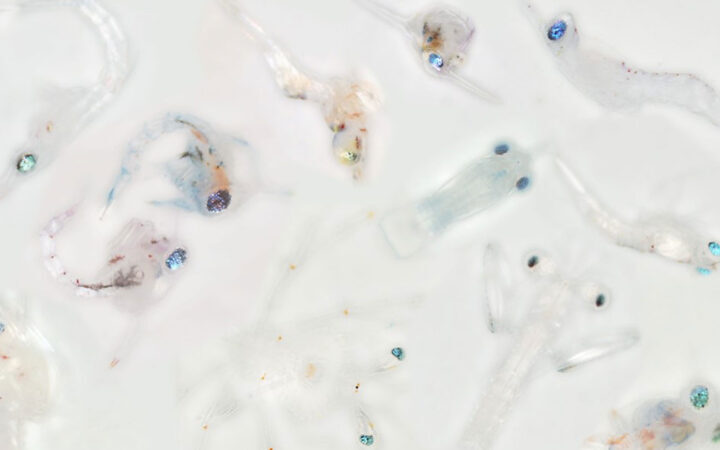
When it comes to hoisting water, plants are real power lifters.
For a tall tree, slurping hundreds of liters of water each day up to its leaves or needles, where photosynthesis takes place, can be quite a haul. Even for short grasses and shrubs, rising sap must somehow overcome gravity and resistance from plant tissues. Now, a first-of-its-kind study has estimated the power needed to lift sap to plants’ foliage worldwide — and it’s a prodigious amount, almost as much as all hydroelectric power generated globally.
Over the course of a year, plants harness 9.4 quadrillion watt-hours of sap-pumping power, climatologist Gregory Quetin and colleagues report August 17 in the Journal of Geophysical Research: Biogeosciences. That’s about 90 percent of the amount of hydroelectric power produced worldwide in 2019.
Evaporation of water from foliage drives the suction that pulls sap upward, says Quetin, of the University of California, Santa Barbara (SN: 3/24/22). To estimate the total evaporative power for all plants on Earth annually, the team divided up a map of the world’s land area into cells that span 0.5° of latitude by 0.5° of longitude and analyzed data for the mix of plants in each cell that were actively pumping sap each month. The power required was highest, unsurprisingly, in tree-rich areas, especially in the rainforests of the tropics.
If plants in forest ecosystems had to tap their own energy stores rather than rely on evaporation to pump sap, they’d need to expend about 14 percent of the energy they generated via photosynthesis, the researchers found. Grasses and other plants in nonforest ecosystems would need to expend just over 1 percent of their energy stores, largely because such plants are far shorter and have less resistance to the flow of sap within their tissues than woody plants do.

 A new treatment could restore some mobility in people paralyzed by strokes
A new treatment could restore some mobility in people paralyzed by strokes  What has Perseverance found in two years on Mars?
What has Perseverance found in two years on Mars?  This robot automatically tucks its limbs to squeeze through spaces
This robot automatically tucks its limbs to squeeze through spaces  Greta Thunberg’s new book urges the world to take climate action now
Greta Thunberg’s new book urges the world to take climate action now  Glassy eyes may help young crustaceans hide from predators in plain sight
Glassy eyes may help young crustaceans hide from predators in plain sight  A chemical imbalance doesn’t explain depression. So what does?
A chemical imbalance doesn’t explain depression. So what does?